A Ukrainian armored unit attempted a lightning attack to break through enemy lines, but had to retreat when a Russian tank appeared.
Ukrainian marines launched an offensive in late June near the Mokri Yaly river valley, west of the village. Makarovka in Donetsk province. The Ukrainian unit participating in the offensive applied shock tactics, praised by the West as innovative, with the hope of making the Mokri Yaly direction the most promising axis of attack in a large-scale counteroffensive.
The 35th and 37th Marine Brigades of the Ukrainian Army were the vanguard of the counter-offensive along the Donetsk axis. However, they were not equipped with heavy combat vehicles like the other units.
Each Ukrainian marine brigade usually has 2,000 soldiers with dozens of armored vehicles and only one company of 10 T-64BV or T-80BV tanks, while an army brigade usually has a tank battalion of more than 30 tanks, along with many armored vehicles.
The 37th Brigade was even more lightly armed. They traded their main battle tanks for the lighter and thinner-armored AMX-10RC.
To compensate for the lack of firepower and armor protection of tanks, the Ukrainian Marines adopted a blitzkrieg and swarming attack tactic. Forbes commentator David Axe said Ukraine may have taken inspiration for this approach from the US Army's "Operation Lightning" in Iraq in 2003.
The 37th Brigade hoped its highly mobile light armored formations would enable them to launch a shock attack to surprise and break the Russian lines.
This tactic initially helped Ukraine advance and recapture Makarovka in mid-June. The 35th Brigade deployed in a single column with several Mastiffs in the lead, followed by T-80 tanks and other Mastiffs. This mechanized column quickly advanced towards Makarovka.
The Ukrainian Mastiffs quickly accelerated and overtook the Russian trenches, while their tanks suppressed the position. Ukrainian soldiers said the blitzkrieg tactics left the Russians in the trenches “confused and terrified.” “They didn’t expect us to advance so quickly,” one Ukrainian soldier said.
Armored and tank formations of the 35th Brigade attacked Russian positions near the village of Makarovka in late June. Video : Twitter/DKastle
The blitzkrieg tactic worked at Makarovka, but failed a week later when a battalion of the Ukrainian 35th Brigade attacked Russian trenches outside the village.
The Ukrainian armored and tank column moved south from Makarovka, moving parallel to the dense tree line where Russian forces had set up a complex system of trenches.
About a dozen Ukrainian armored vehicles moved in a single file close to the tree line. A few tanks formed a second column outside, aiming their 125mm guns through the gaps between the armored vehicles. The two columns of vehicles moved quickly and fired into the tree line, ignoring the Russian shells and rockets exploding behind them.
But this is where the Ukrainian tactics really showed their weaknesses. The Mastiffs were moving too fast for the T-80s to keep up. When the Mastiffs reached the end of the tree line, the formation stopped and the soldiers jumped out, ready to engage the Russian forces there, while their T-80s were still a few hundred meters away.
At that moment, a Russian T-72 or T-90 tank suddenly appeared on the other side of the trees, firing its cannon at the Ukrainian armored vehicle that was on guard duty.
Russian tanks ambush a Ukrainian marine battalion near the village of Makarovka, Donetsk region in video released on June 21. Video: Telegram/Voin_DV
In this battle, Ukraine had more tanks, but they were too far away from the Russian tanks to engage or support them. Faced with an unfavorable situation, unable to wait for the tanks to advance, the Ukrainian battalion decided to stop the attack, abandoning the burned armored vehicle and retreating.
Western media assessed that the decision of the Ukrainian unit to retreat did not mean that the attack was in vain, as they lost only one armored vehicle and several soldiers. Meanwhile, Ukraine caused some damage to the Russian trenches and was able to obtain useful information about the enemy's defensive layout.
Russian forces continued to hold the line at the tree line for the next three weeks. Meanwhile, Ukrainian brigades in the Mokri Yaly River valley recently launched an eastward push and pushed Russian forces back in several positions.
The battle for the tree line outside Makarovka in late June showed the limits of the blitzkrieg tactics employed by the Ukrainian marines. A blitzkrieg attack with high-speed vehicles can only be effective if the tanks can keep up with the armor to provide heavy fire support.
However, if half the attacking formation moves too quickly, the entire battle can be lost because of a single obstacle. In the battle for the tree line outside Makarovka, a single Russian tank held off a Ukrainian unit that was superior in speed and number of combat vehicles.
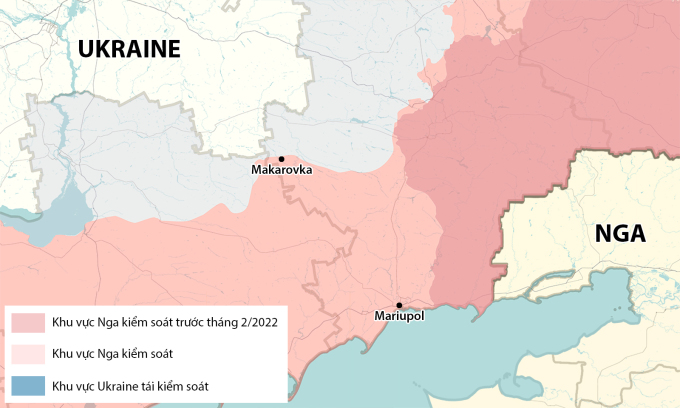
Location of Makarovka village. Graphics: RYV
Nguyen Tien (According to Forbes )
Source link


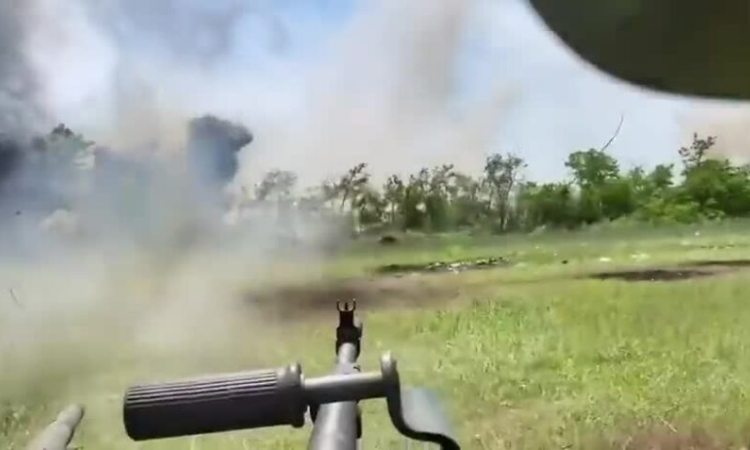
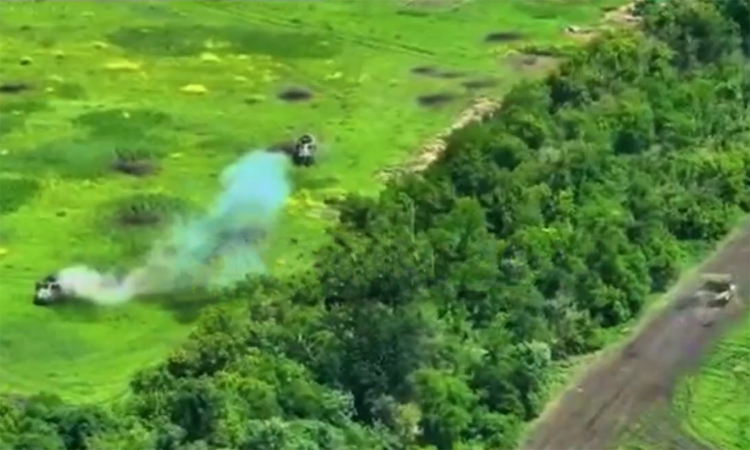

![[Photo] Soldiers guard the fire and protect the forest](https://vphoto.vietnam.vn/thumb/1200x675/vietnam/resource/IMAGE/2025/9/27/7cab6a2afcf543558a98f4d87e9aaf95)




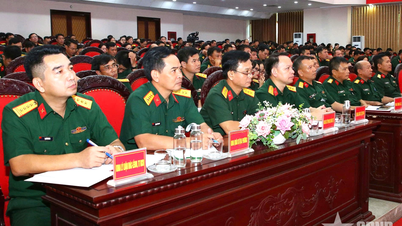


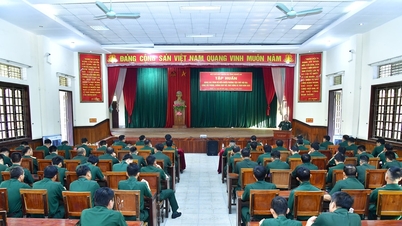



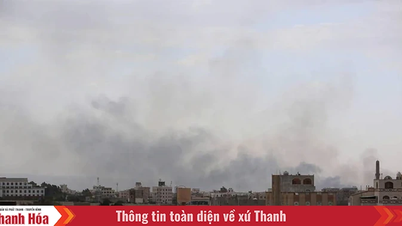

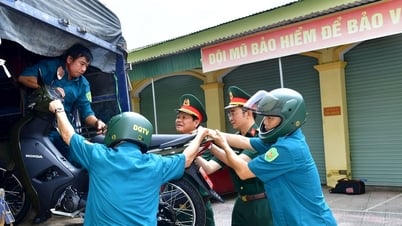


















![[Photo] Prime Minister Pham Minh Chinh attends the 1st Hai Phong City Party Congress](https://vphoto.vietnam.vn/thumb/1200x675/vietnam/resource/IMAGE/2025/9/27/676f179ddf8c4b4c84b4cfc8f28a9550)


















































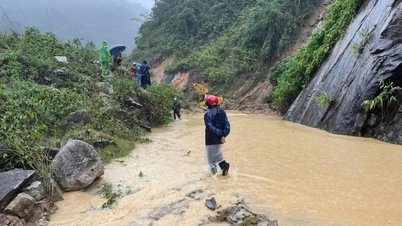


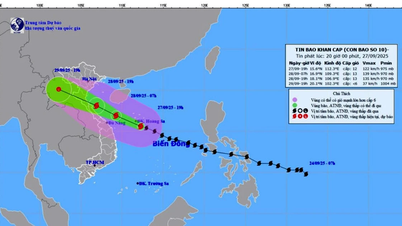
















Comment (0)